Machine cup paper, commonly used in the packaging industry, plays a crucial role in protecting and preserving various products. Understanding the key structure and functions of machine cup paper is essential for optimizing its performance and ensuring the quality of packaged goods.
1. Raw Materials
The production of machine cup paper begins with the selection of raw materials. Typically, these materials include wood pulp, recycled paper, and various additives. Wood pulp provides the necessary strength and durability, while recycled paper helps to minimize environmental impact. Additives such as sizing agents and wet strength resins are incorporated to enhance specific properties of the paper.
2. Fiber Orientation
One critical aspect of machine cup paper's structure is fiber orientation. During the papermaking process, fibers align themselves in a specific direction, influencing the paper's strength and stiffness. Proper fiber orientation ensures that the paper can withstand the rigors of the packaging process and protect the packaged product effectively.
3. Coating Layers
To improve the performance of machine cup paper, manufacturers often apply coating layers to its surface. These coatings can serve various purposes, such as enhancing printability, increasing moisture resistance, or providing a barrier against grease and oil. The type and composition of the coating layers significantly impact the paper's functionality in different packaging applications.
4. Caliper and Basis Weight
The caliper and basis weight of machine cup paper are important parameters that determine its thickness and weight per unit area. Caliper refers to the paper's thickness, while basis weight measures its density. By controlling these factors during manufacturing, producers can tailor the paper to meet specific packaging requirements, such as strength, flexibility, and barrier properties.
5. Printing and Decoration
Machine cup paper often serves as a substrate for printing and decoration in packaging applications. Its smooth surface and printability make it ideal for showcasing branding, product information, and designs. Various printing techniques, such as flexography and offset printing, can be used to achieve high-quality graphics on machine cup paper.
6. Barrier Properties
Another critical function of machine cup paper is its ability to act as a barrier against external factors that could compromise the integrity of packaged products. Barrier properties such as moisture resistance, grease resistance, and aroma retention are essential for preserving the freshness and quality of food items and other perishable goods.
7. Forming and Sealing
Machine cup paper is often used to create various packaging forms, including cups, containers, and trays. Its formability allows for the efficient production of custom-shaped packaging solutions that cater to specific product requirements. Additionally, machine cup paper can be easily sealed to ensure product containment and protection during storage and transportation.
8. Sustainability Considerations
In today's environmentally conscious world, sustainability considerations play a significant role in the production and use of machine cup paper. Manufacturers are increasingly focusing on using renewable raw materials, reducing energy consumption, and implementing recycling programs to minimize the environmental impact of their operations.
Summary
Machine cup paper's structure and functions are vital elements that determine its performance in packaging applications. From raw material selection to barrier properties and sustainability considerations, every aspect contributes to the overall quality and effectiveness of machine cup paper in protecting and preserving packaged goods. By understanding these key factors, stakeholders can make informed decisions to optimize the use of machine cup paper in various packaging scenarios.




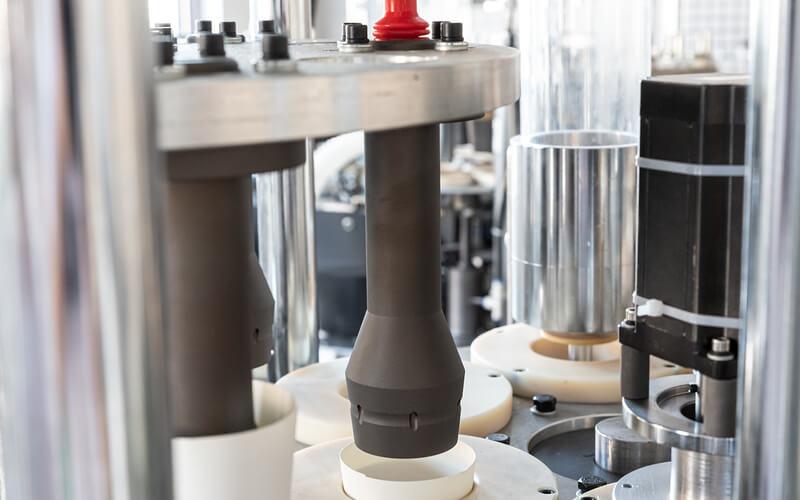
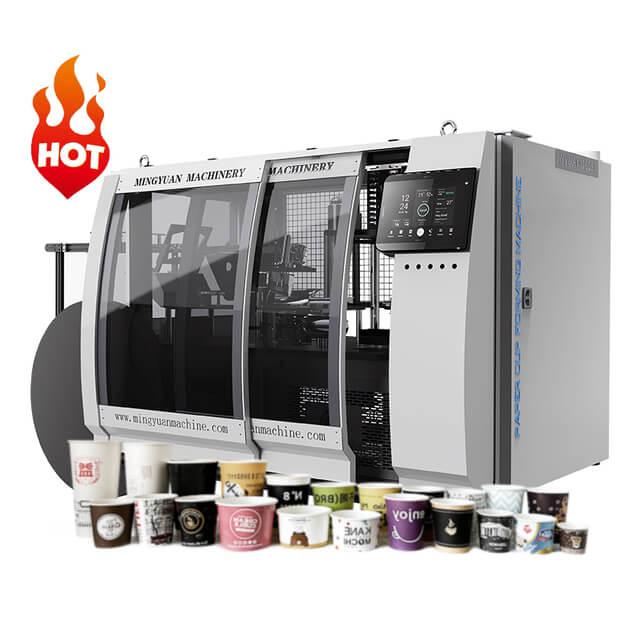

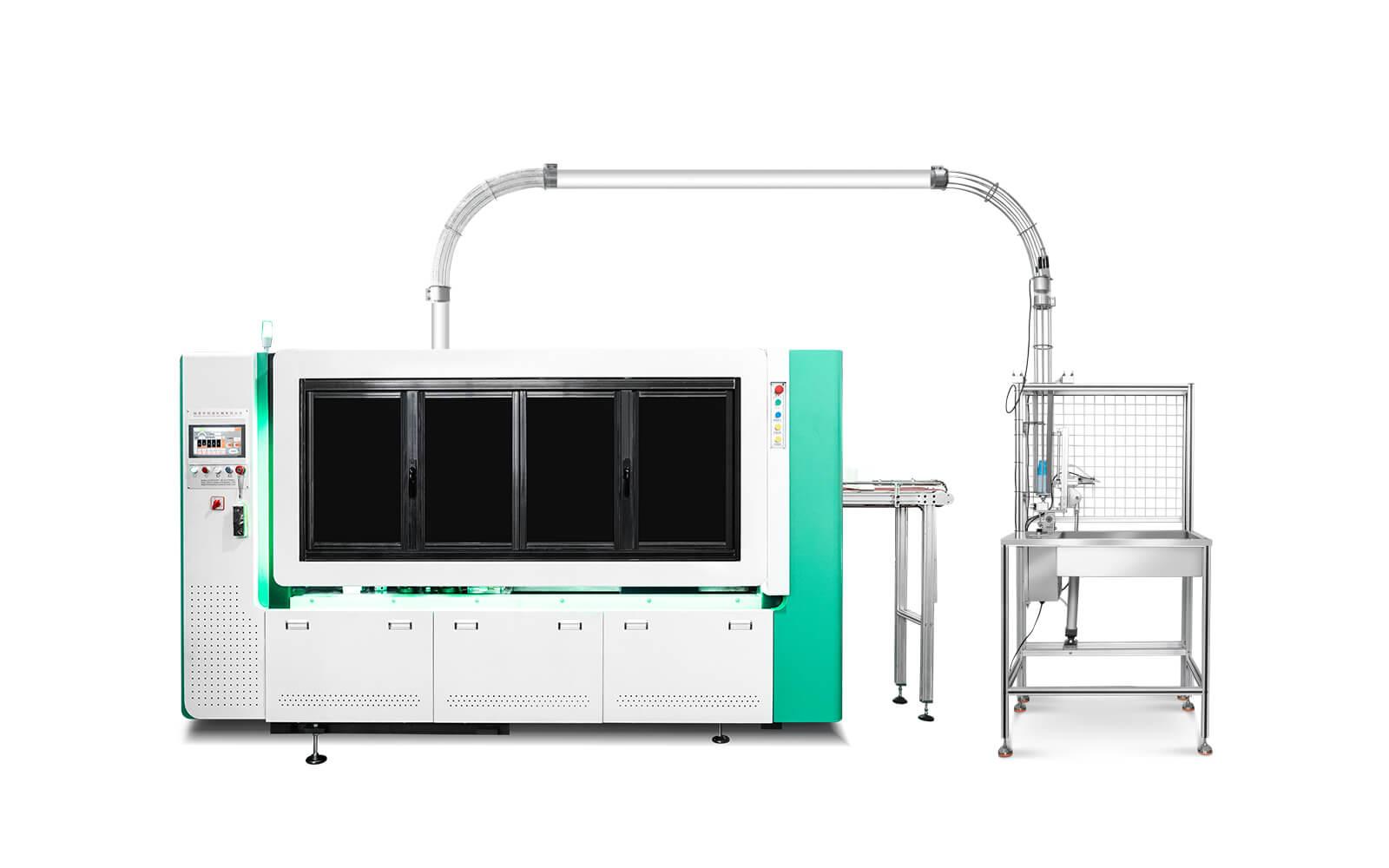
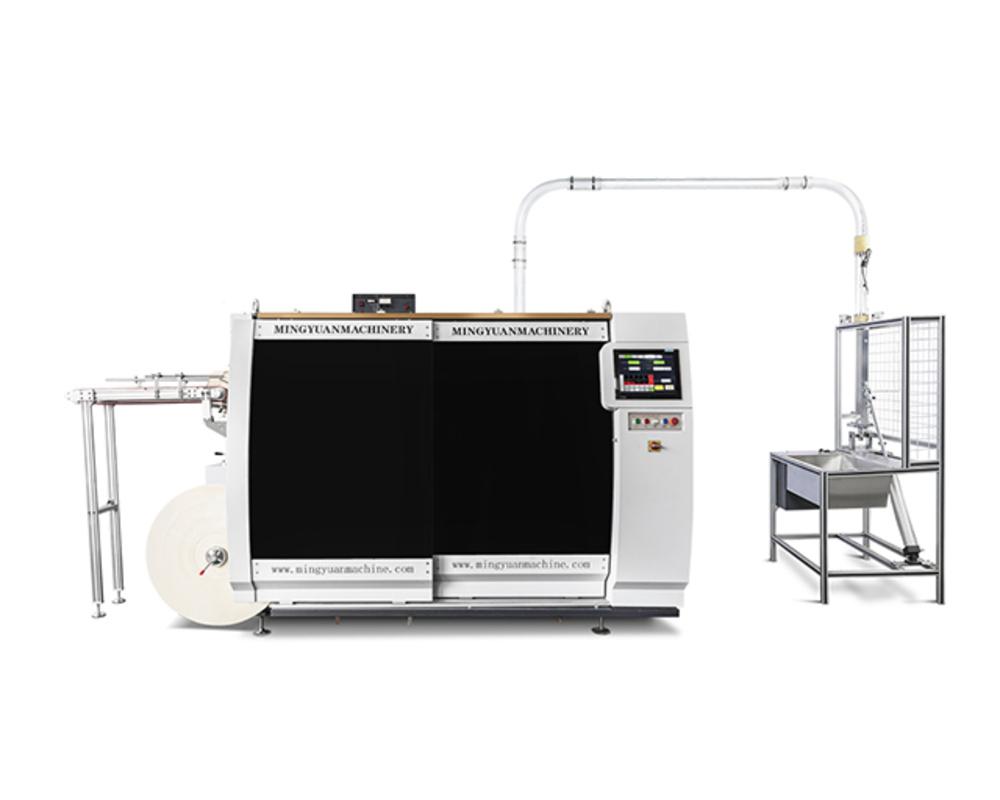

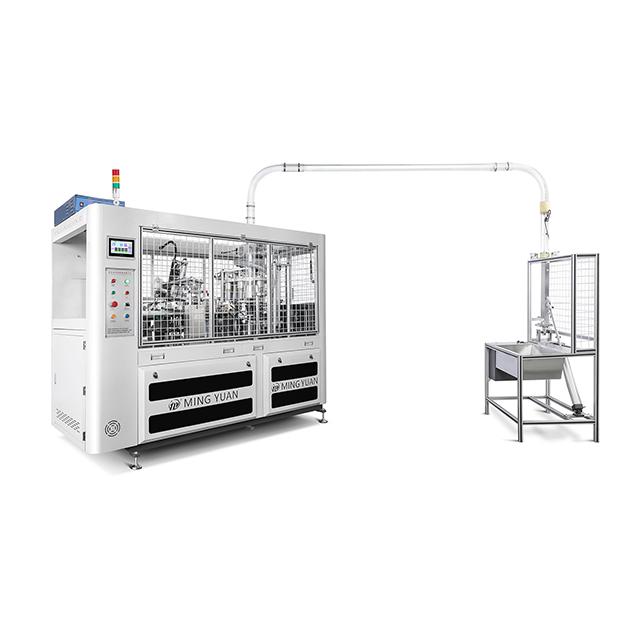
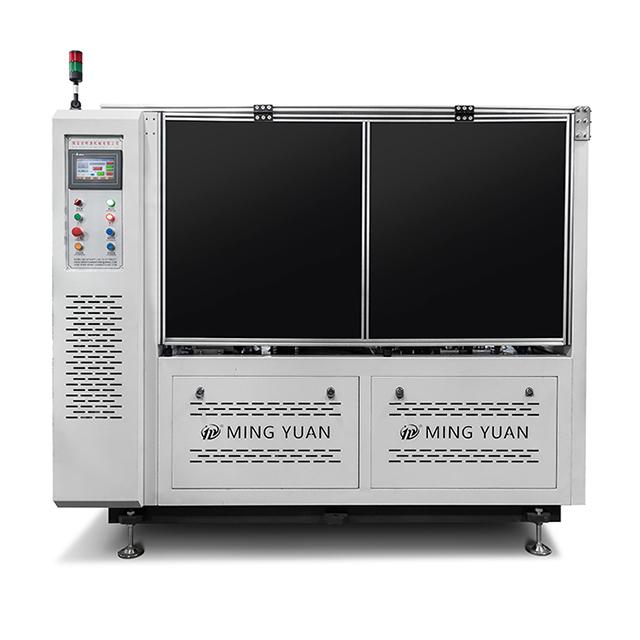
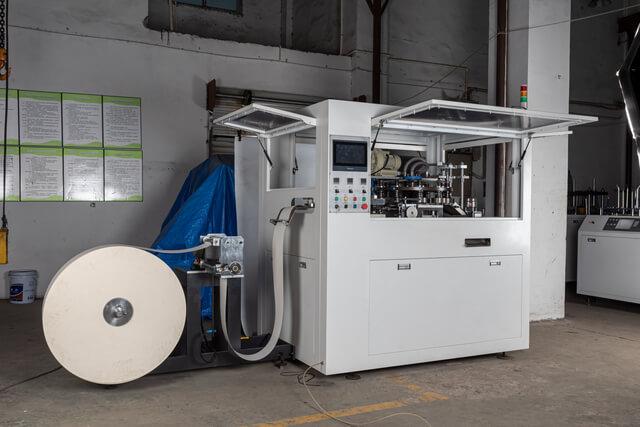
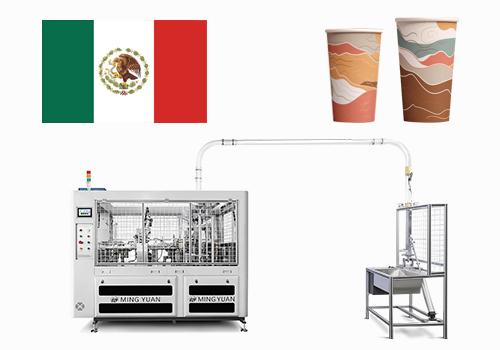
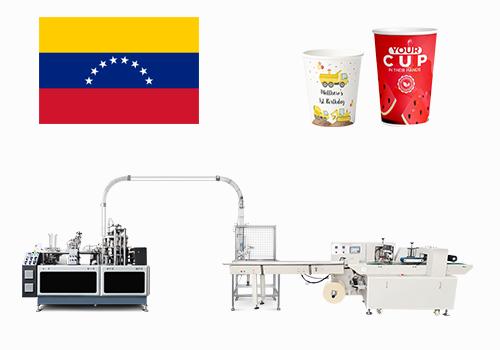

 Tel: +86-19057361870 / +86 577 65567060
Tel: +86-19057361870 / +86 577 65567060  Email: paperproductwholesaler@gmail.com
Email: paperproductwholesaler@gmail.com MP/WhatsApp: +86-19057361870
MP/WhatsApp: +86-19057361870 Manufacturer Address:No.1588, Huaming Road, Feiyun Street,Ruian City Zhejiang Province -325200 China
Manufacturer Address:No.1588, Huaming Road, Feiyun Street,Ruian City Zhejiang Province -325200 China




